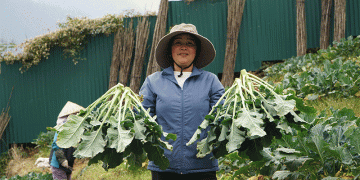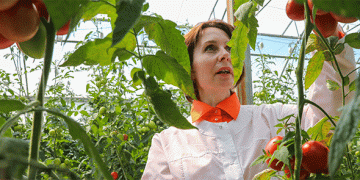As the 2024 produce season matured, European markets saw Italian, French, and Belgian products dominate the landscape, with noticeable growth in their availability. Dutch and Spanish offerings also increased their share, providing complementary options for consumers. However, domestic (German) produce lost relevance, partly due to inconsistent quality compared to its competitors.
The overall supply was broad but not excessive, ensuring variety without market saturation. Demand was steady but easily met, reflecting a balance between supply and consumer needs.
Regional Price Trends
Price dynamics varied significantly across major German cities:
- Berlin: Prices trended downward across the board, reflecting a surplus in supply or subdued demand.
- Frankfurt and Cologne: Prices increased, particularly for Belgian and some French produce, indicating localized demand spikes or premium perceptions.
- Hamburg and Munich: Markets reported typical price fluctuations, influenced by regional consumer preferences and logistics.
Key Market Insights
- Italian Produce Leadership:
Italian offerings were among the most prominent, suggesting robust production and distribution networks. - Belgian and French Strength:
Both countries capitalized on demand for high-quality produce, with Belgian products fetching notable price premiums. - Challenges for Domestic Producers:
German farmers struggled with consistency in quality, underlining the need for improvements in production practices to compete with imports.
Opportunities for Producers
- Enhancing Quality:
Domestic producers can focus on aligning with international quality standards to regain market share. - Leveraging Regional Preferences:
Tailoring offerings to regional tastes, especially in dynamic markets like Frankfurt and Cologne, could boost demand. - Expanding Exports:
Countries like Italy and Belgium should continue leveraging their competitive advantages to strengthen their position in European markets.
The European produce market in 2024 reflected a dynamic interplay of domestic and international offerings, with imports gaining traction as the season progressed. While demand remained steady, price fluctuations highlighted the importance of quality and strategic market positioning. For producers and industry players, aligning with consumer expectations and improving quality will be essential for sustained growth in competitive markets.































